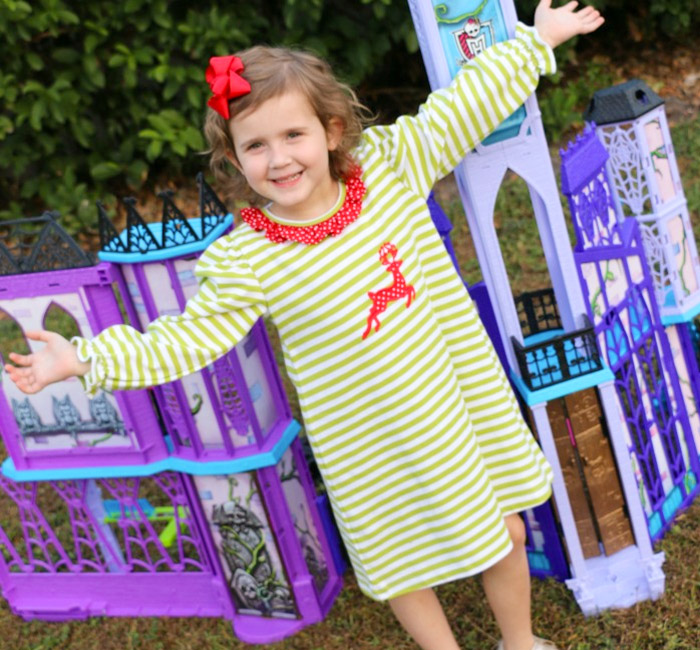April is Autism Awareness Month
April 27, 2012
April is Autism Awareness Month. With the latest research indicating that 1 in every 88 children is diagnosed with autism, as a society, we must gain a greater understanding of this neurological disorder that impacts millions of families nationwide. Parents of newly diagnosed children may feel helpless and need guidance to really understand this complex disorder that can affect one’s ability to communicate, think, move, and function independently. Here are five suggestions to help your child with autism, based on over 10 years of experience in the field of special education:
1. Encourage your child to communicate as often as possible. Frequently, children display inappropriate behaviors because they are unable to express their wants and needs. Closely observe your child’s behaviors to see what he/she is communicating to you; it may be through gestures, sounds, and single words. You may also want to teach your child to use a new form of communication, like, sign language, a picture system, or a communication device. Tablets have become great communication tools for children with autism as there are so many inexpensive apps you can download that teach children to use photographs to express wants and needs.
2. Add structure to your family life. This can be very challenging for ‘go with the flow’ families, but children with autism often flourish when placed in structured environments. Their lives may need some degree of predictability, even if it is just a following the same morning and bedtime routine. This can make them feel more secure. You may want to create a visual schedule in your house, outlining the day’s activities. You can do this with photographs, pictures, or words depending upon your child’s abilities.
3. Encourage your child to participate in family activities, like cooking, cleaning, shopping, and other outings. It may take more effort on your part to find a way for him/her to participate appropriately, but teaching the skills that will allow your child to function more independently is invaluable.
4. Form a close, trusting relationship with your child’s teachers, therapists, and other professionals who are part of your team. While you know your child, trained professionals understand typical and atypical child development. Exchange home experiences and educational experiences regularly to maximize the opportunities you can provide to your child across all environments. Collaborate to document your child’s progress and plan for the future.
5. Join support groups. The autism community is growing rapidly online and face-to-face. You may want to begin by finding a local autism walk, contacting the nearest Center for Autism and Related Disabilities (CARD), joining a mailing list, or searching social media sites for online support groups. Going through the acceptance process can be very challenging, but having the support of others who have faced similar experiences can be therapeutic and comforting.







